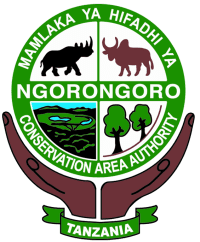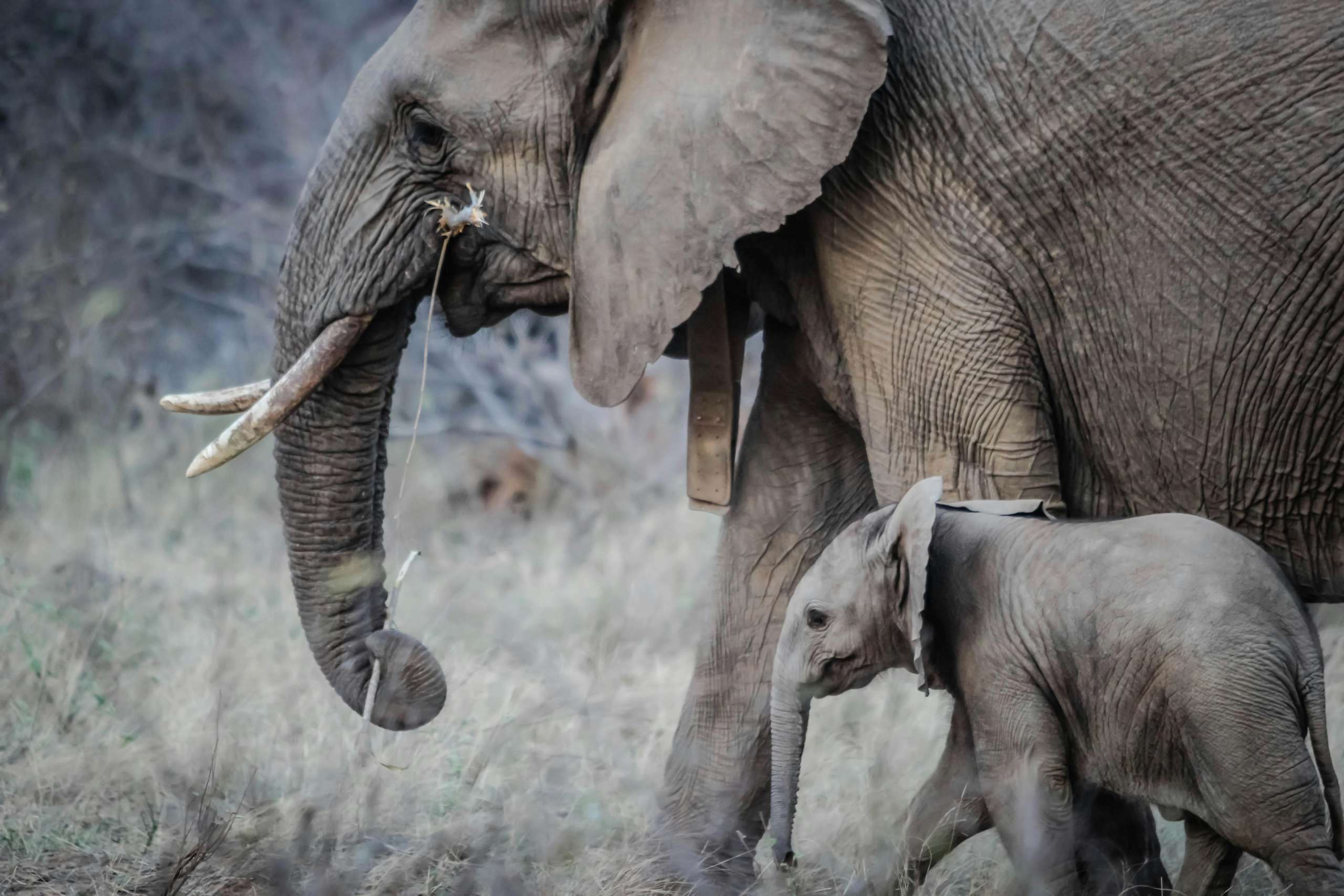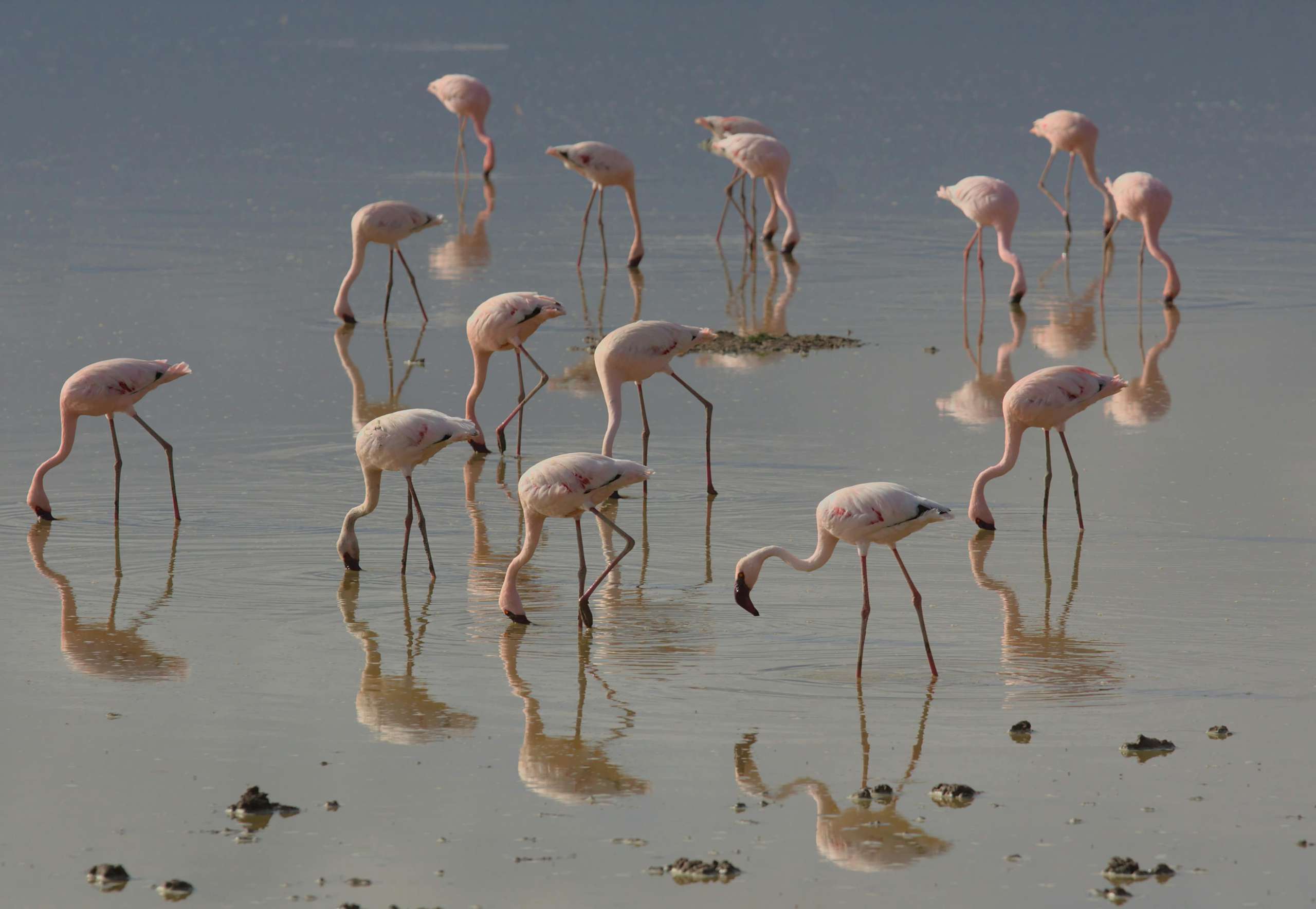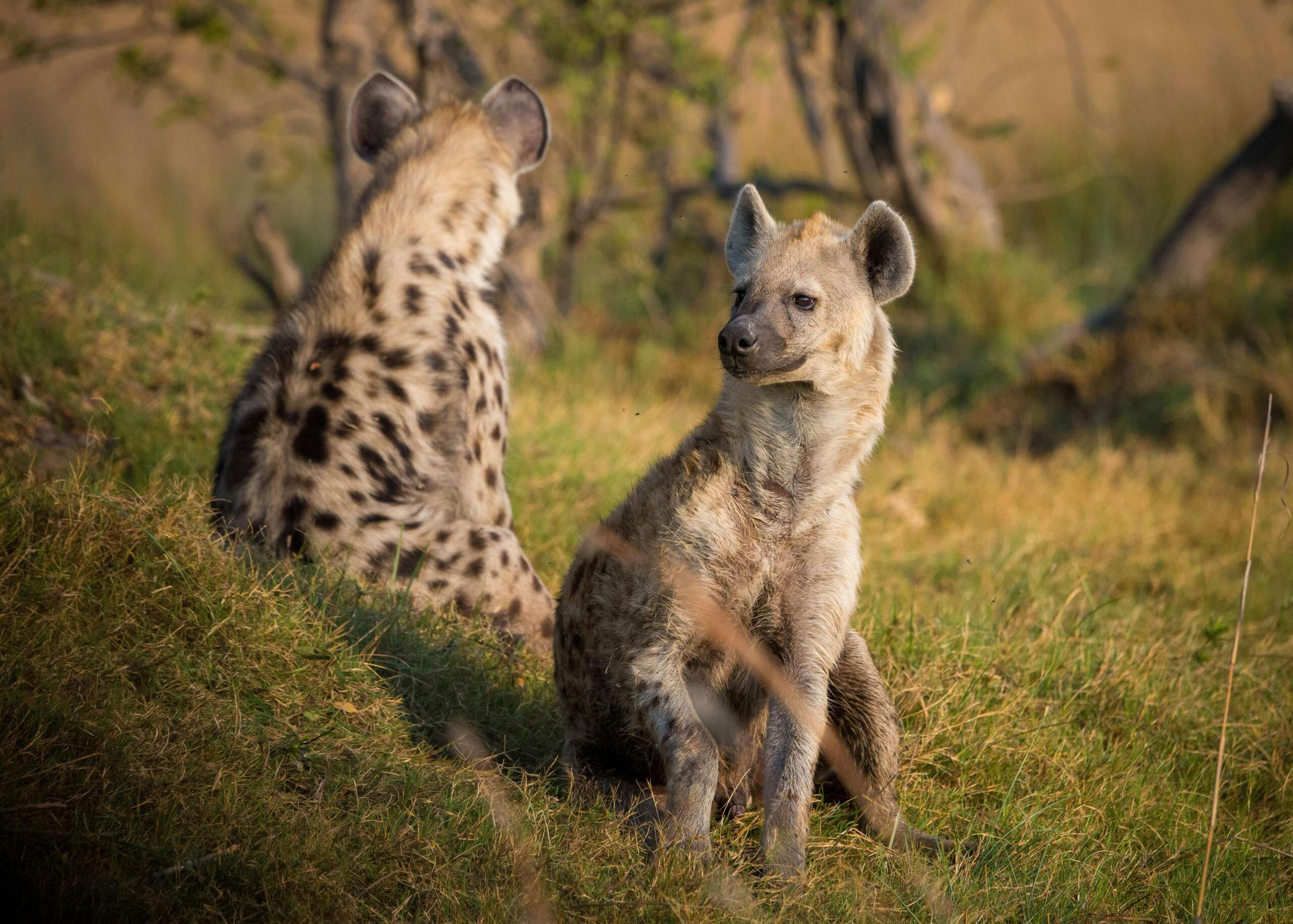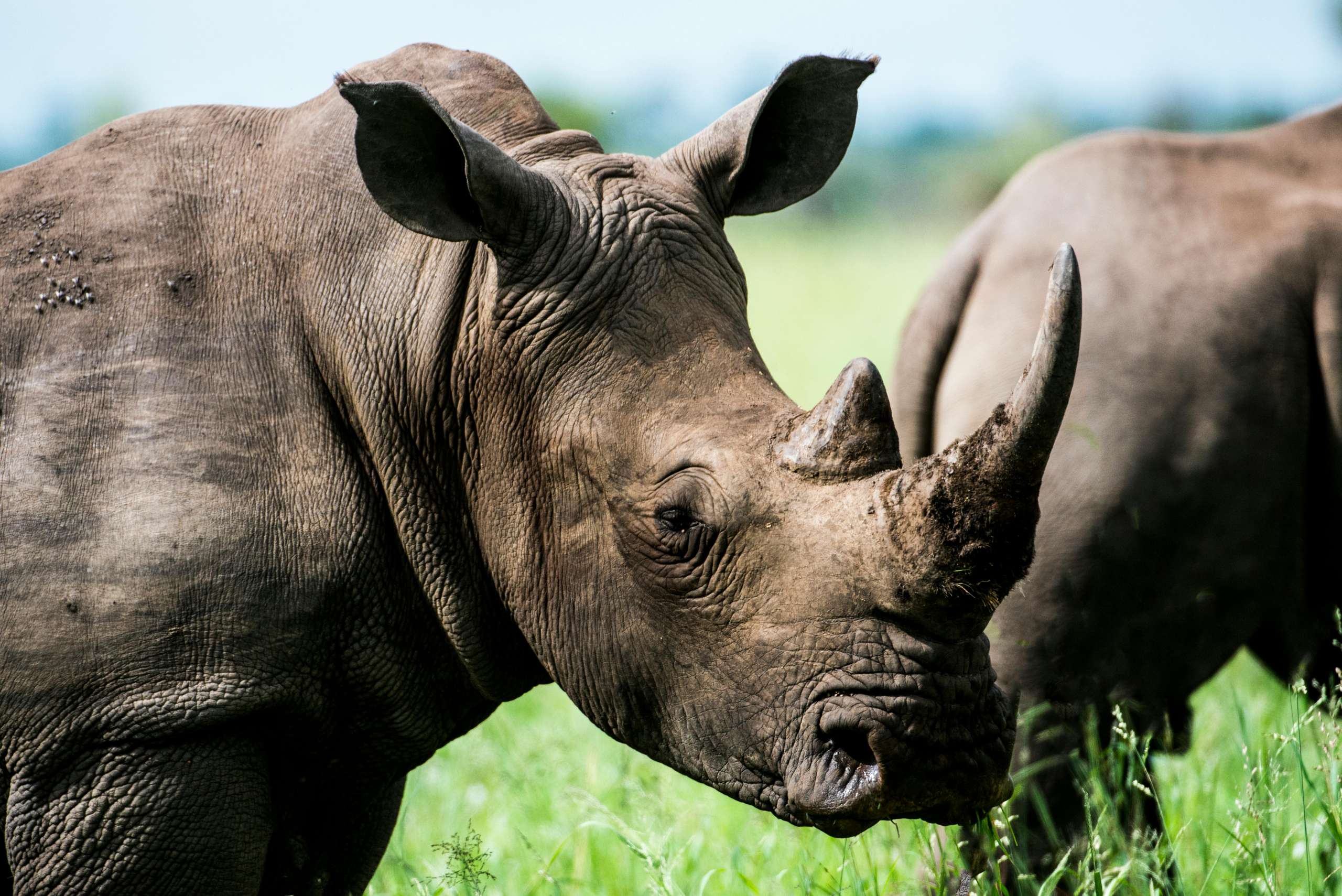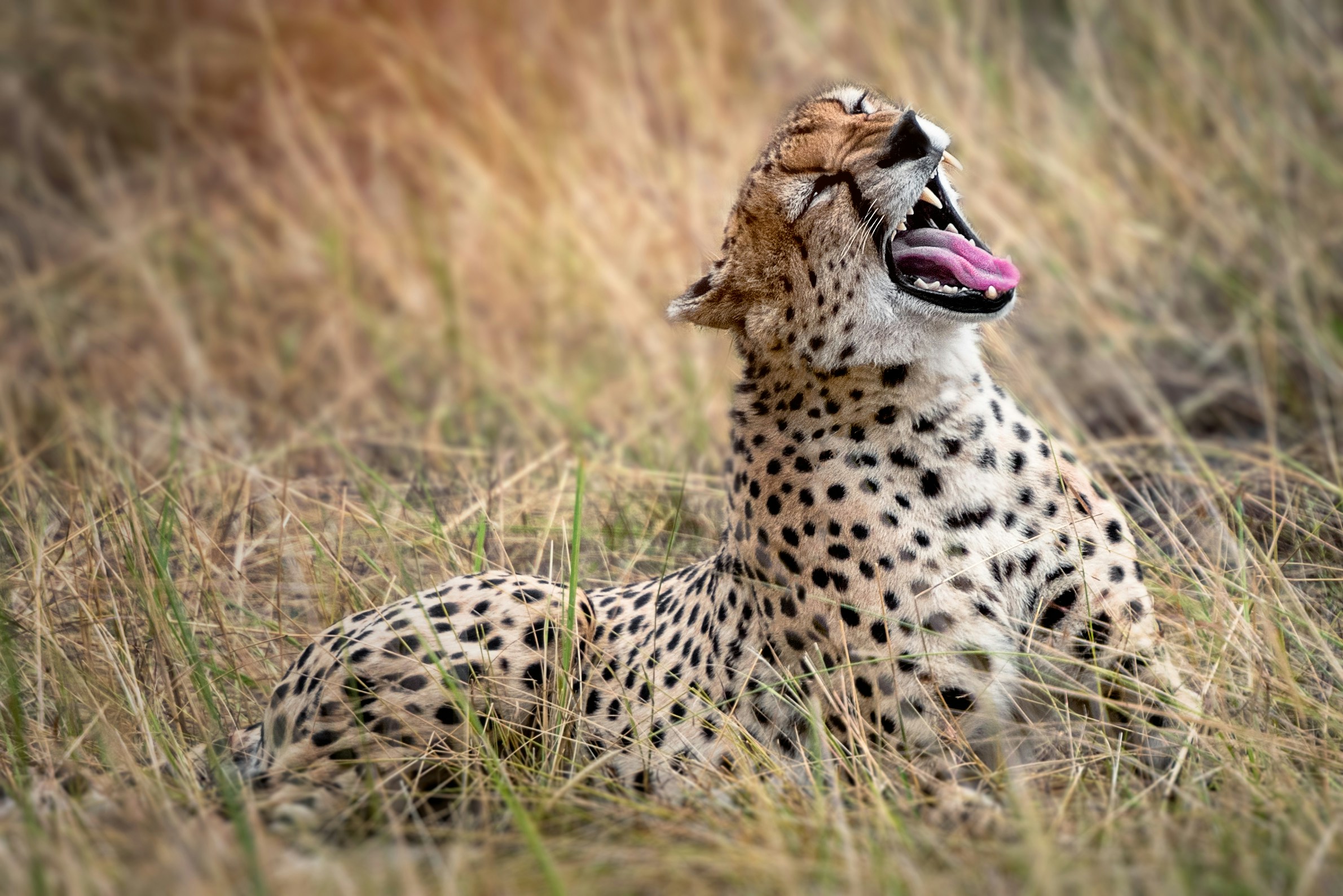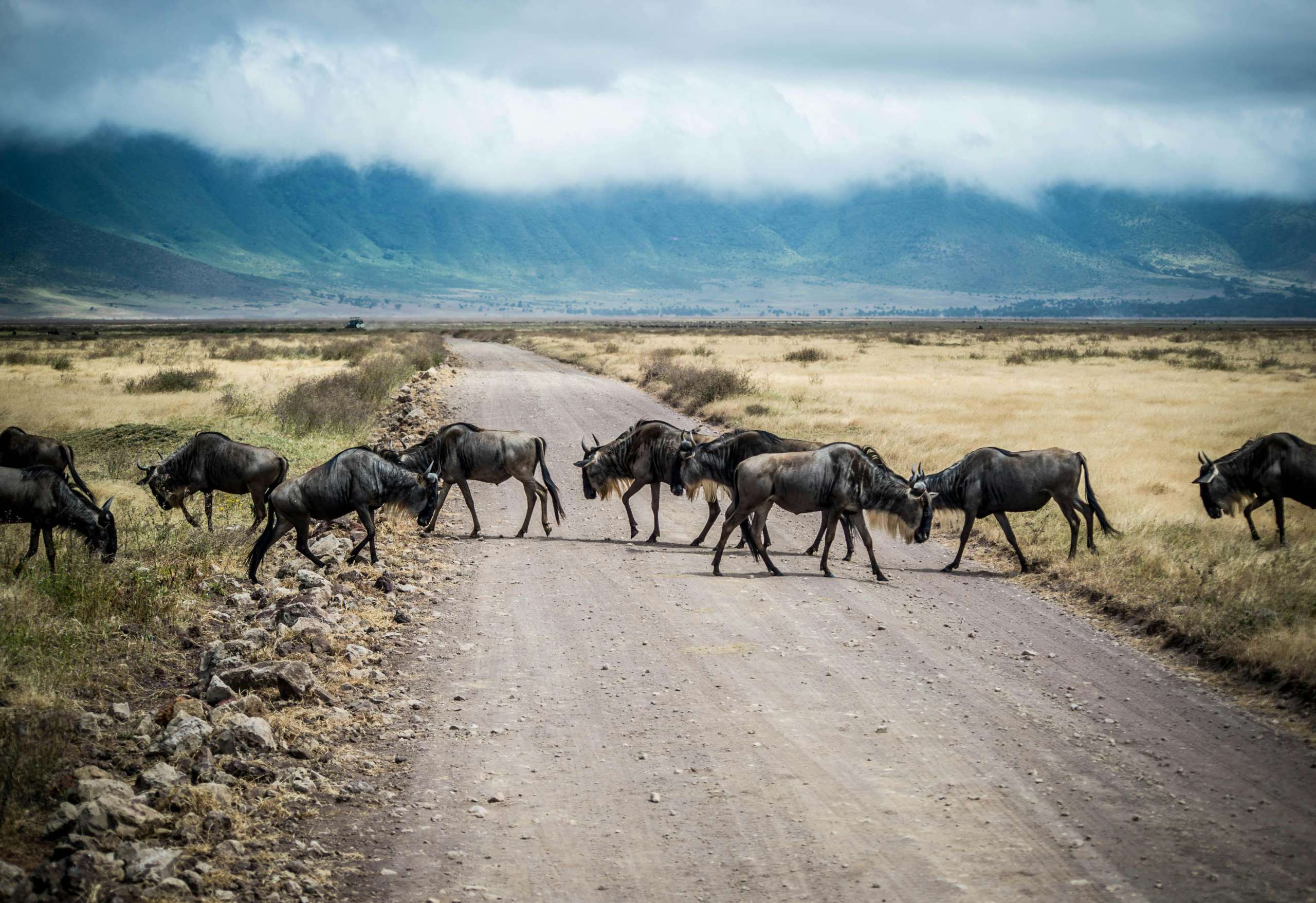
The African savannah roars to life with the thunder of hooves as over 1.5 million wildebeests, joined by hundreds of thousands of zebras and gazelles, embark on a perilous journey across the plains. Known as The Great Wildebeest Migration, this awe-inspiring event is one of the world’s last great natural spectacles, a breathtaking display of survival, endurance, and raw nature at its finest.
The migration is not just a movement—it’s a dramatic, year-round cycle dictated by seasonal rains and ancient survival instincts. Covering an estimated 1,800 miles, the herds move in search of fresh grazing lands, facing a gauntlet of predators, treacherous river crossings, and unpredictable weather.
January – March (Calving Season) – The Beginning of Life
📍 Southern Serengeti & Ndutu Plains (Tanzania)
This season marks the birth of new life as over 500,000 wildebeest calves are born within a few short weeks. But with new life comes danger—lions, cheetahs, and hyenas lurk in the tall grass, waiting for an easy meal.April – June (The Long Trek North)
📍 Central Serengeti & Grumeti Reserve (Tanzania)
As the rains fade, the herds move north, crossing woodlands and open plains. They arrive at the Grumeti River, where stealthy crocodiles lie in wait. Many wildebeests perish, but the survivors push forward, determined to continue their journey.July – October (The Mara River Crossing – The Greatest Challenge)
📍 Northern Serengeti (Tanzania) & Maasai Mara (Kenya)
This is the most famous and heart-pounding part of the migration. Thousands of wildebeests gather along the Mara River, hesitating before plunging into its crocodile-infested waters. Some make it across, others fall prey to the predators, and yet, the migration presses on.November – December (The Return to the Serengeti)
📍 Masai Mara (Kenya) → Serengeti (Tanzania)
As short rains revive the southern plains, the herds move back to Serengeti National Park, completing the never-ending cycle of survival.
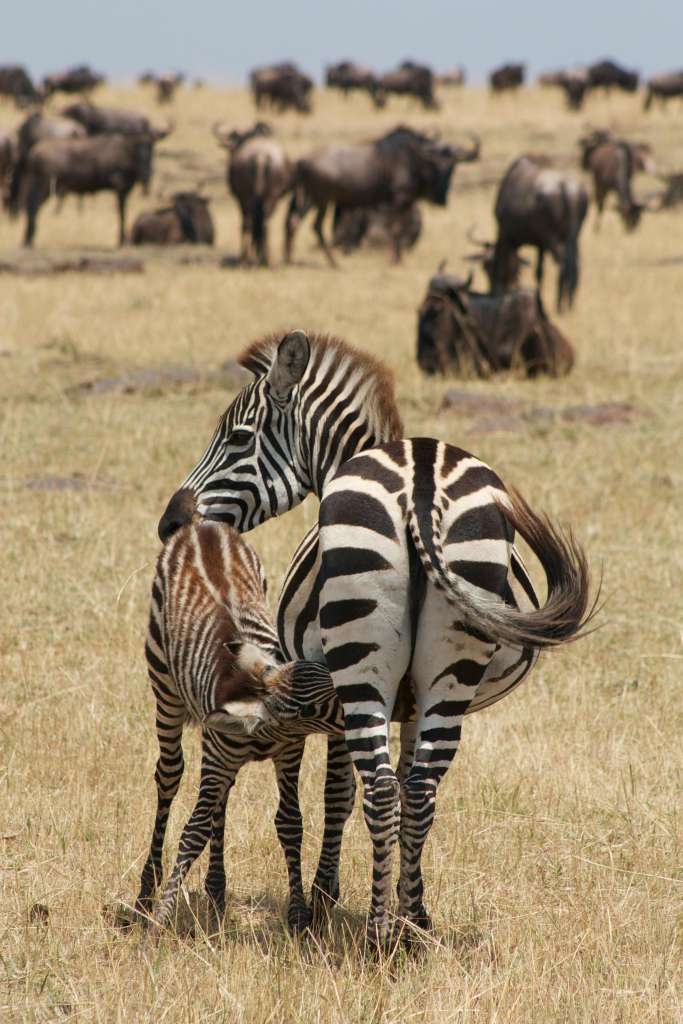
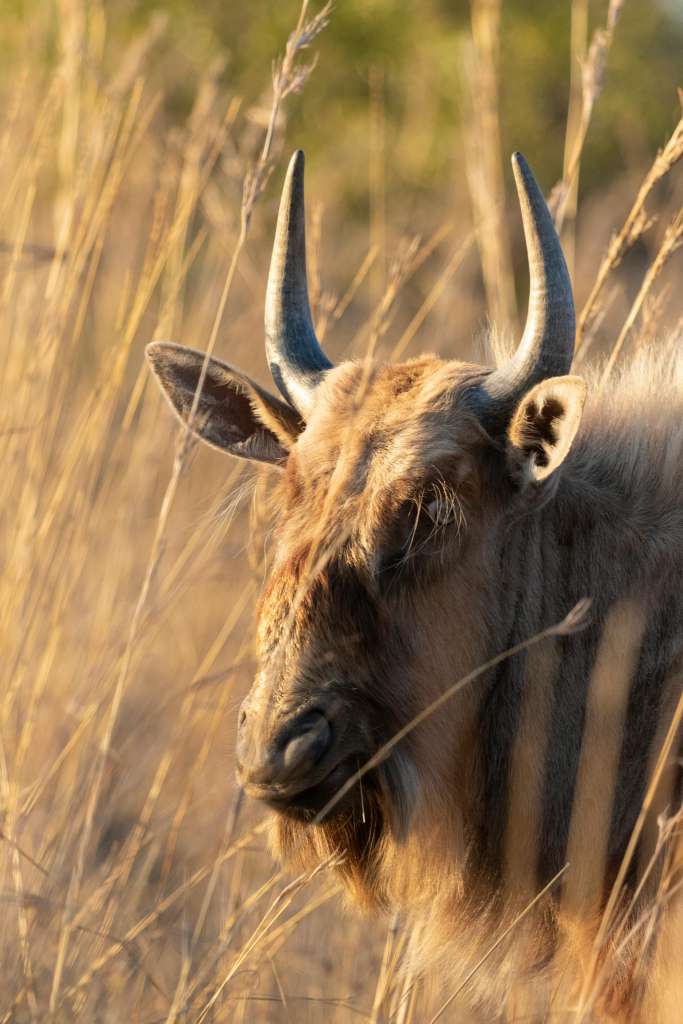
Where to Witness the Migration?
Serengeti National Park (Tanzania) – Best for the calving season, dramatic predator action, and open plains.
📍 Grumeti River (Tanzania) – Ideal for spotting massive crocodiles ambushing the migrating herds.
📍 Mara River (Tanzania & Kenya) – Witness the iconic river crossings, the migration’s most thrilling and perilous moment.
📍 Maasai Mara National Reserve (Kenya) – Excellent predator encounters and a front-row seat to the migration from July to October.




Why You Must Experience the Great Migration
✔ A Wildlife Drama Like No Other – Witness nature’s greatest survival story unfold in real time.
✔ Capture Stunning Photography – Iconic images of wildebeests on the move, predator chases, and breathtaking landscapes.
✔ Experience Authentic Africa – Immerse yourself in untamed wilderness, guided by expert safari guides.
✔ Support Conservation & Local Communities – Your visit contributes to wildlife protection and supports Maasai and local communities.
Are You Ready to Witness the Greatest Show on Earth?
The Great Wildebeest Migration is an unforgettable experience, an African safari unlike any other. Whether you dream of standing on the Serengeti plains at sunrise or watching the Mara River crossings unfold, Rioba Safaris will take you there.
Testimonials






